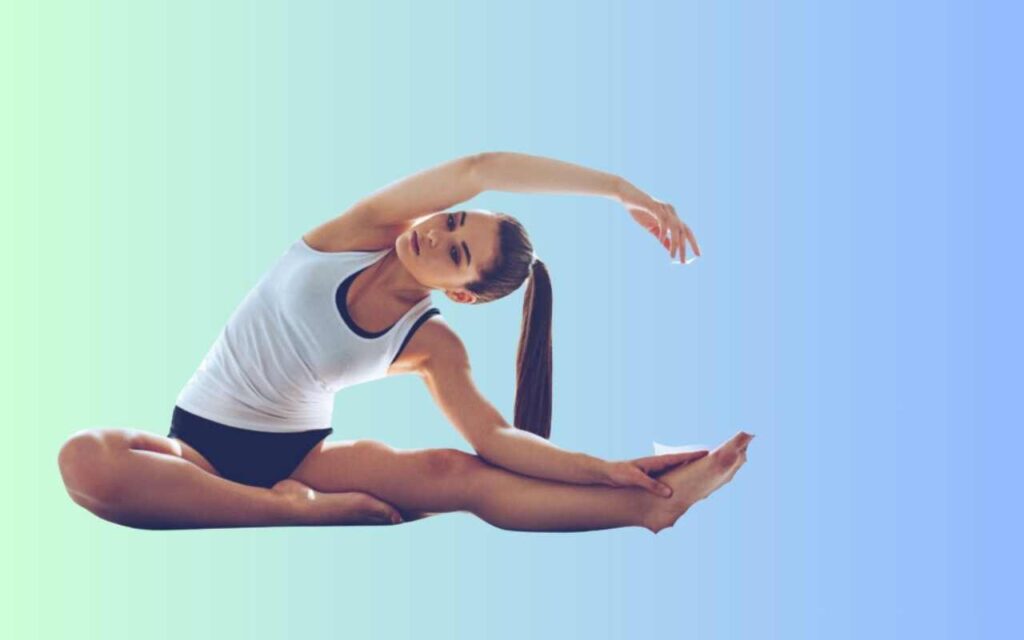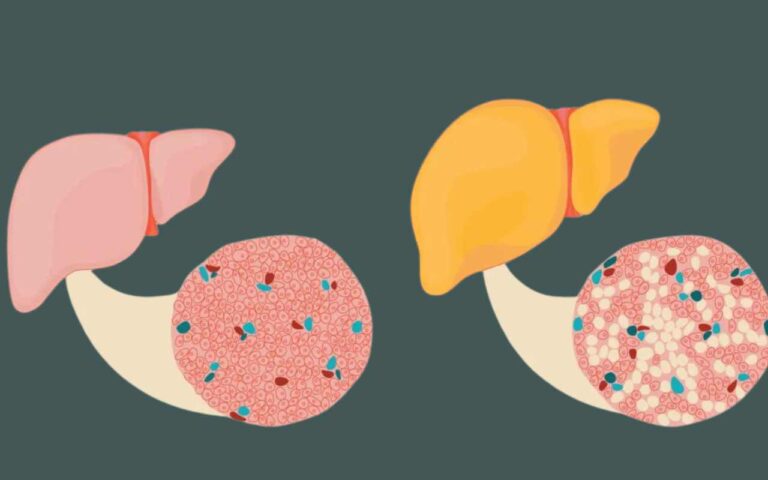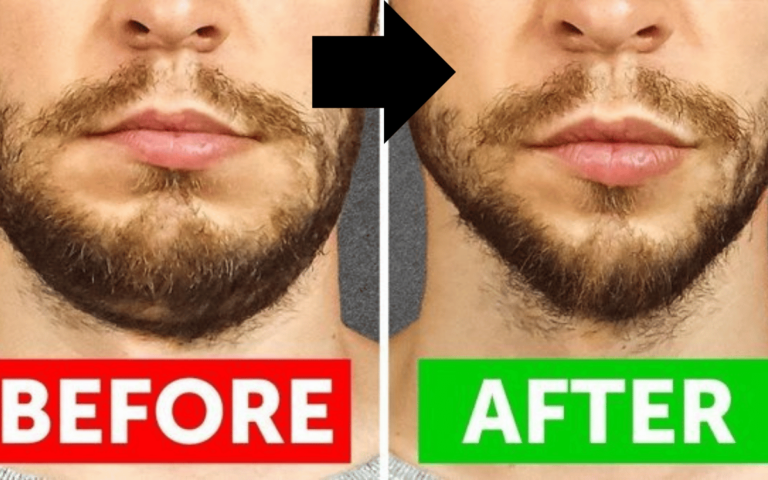Stretching: Improve Your Flexibility
Improve Your Flexibility: Flexibility is a vital aspect of physical fitness that often doesn’t receive as much attention as strength, endurance, or cardiovascular health. However, it plays a crucial role in overall well-being, athletic performance, and injury prevention. This article aims to explain the importance of flexibility, how it can be measured, the factors affecting it, and effective strategies to improve it. (Improve Your Flexibility)
What is Flexibility?
How can I become more flexible? Flexibility refers to the ability of a joint or group of joints to move through their complete range of motion. It involves the lengthening of muscles and the mobility of connective tissues, including tendons and ligaments. Flexibility is specific to each joint, meaning that a person may have good flexibility in one area of the body but not in another. (Improve Your Flexibility)
Benefits of stretching
Studies about the benefits of stretching have had mixed results (benefits to stretching). Some research shows that stretching doesn’t reduce muscle soreness after exercise. Other studies show that lengthening the muscle and holding the stretch immediately before sprinting may worsen performance. (Improve Your Flexibility)
However, research has shown that stretching can help improve flexibility, and, as a result, the range of motion of your joints. (stretching as exercise)
Better flexibility may:
- Decrease your risk of injuries
- Improve your performance in physical activities
- Help your joints move through their full range of motion
- Improve your ability to do daily activities
- Increase muscle blood flow
- Enable your muscles to work most effectively
Why is Flexibility Important?
- Injury Prevention: Adequate flexibility allows the body to move through various movements without straining muscles, tendons, or ligaments. This reduces the risk of injuries such as sprains, strains, and muscle tears.
- Improved Posture: Flexibility helps maintain good posture by balancing muscle tension across the joints. Tight muscles can pull the body out of alignment, leading to poor posture and associated pain, particularly in the lower back and neck.
- Increased Blood Flow and Nutrient Delivery: Stretching and maintaining flexibility improves circulation, which helps deliver oxygen and nutrients to the muscles and removes waste products more efficiently.
- Better Mental Relaxation: Stretching and flexibility exercises, such as yoga, are not only physical activities but also promote mental relaxation. They help in reducing stress and calming the mind, contributing to overall mental health.
Each test provides valuable insights into specific areas where flexibility may be lacking.

Stretching essentials
Before you begin stretching, ensure you’re doing it safely and effectively. While stretching can be done anytime, anywhere, proper technique is crucial. Incorrect stretching can cause more harm than good. (Improve Your Flexibility)
Here are some tips to help you stretch safely:
Avoid stretching as a warm-up: as stretching cold muscles can lead to injury. Instead, warm up with light activities like walking, jogging, or biking at a low intensity for 5 to 10 minutes. It’s even more effective to stretch after your workout when your muscles are already warm.
When stretching: focus on the major muscle groups like your calves, thighs, hips, lower back, neck, and shoulders. Ensure you stretch both sides evenly. Additionally, pay attention to stretching muscles and joints that you frequently use or engage in during your activities.
Avoid bouncing: Instead, stretch in a smooth, continuous motion. Bouncing during a stretch can lead to muscle injury and increase muscle tightness.
Maintain your stretch: breathing naturally as you do. Hold each stretch for about 30 seconds, and for problem areas, consider holding for up to 60 seconds.
Avoid pain: during stretching. You should feel tension, not pain. If it hurts, you’ve gone too far. Ease back until the pain subsides, then maintain that stretch.
The Benefits of Group Fitness Classes
How to Improve Your Flexibility
stretch routines: Improving flexibility requires a combination of consistent effort, proper technique, and patience. Here are some strategies to enhance your flexibility: (stretch exercise benefits)
- Regular Stretching: Incorporate stretching exercises into your daily routine. Focus on both dynamic stretching (active movements that stretch the muscles) before workouts and static stretching (holding a stretch position for a prolonged period) after workouts.
- Yoga and Pilates: These practices are excellent for improving flexibility. They involve a series of movements and poses that stretch and strengthen various muscle groups, enhancing overall flexibility and balance.
- Progressive Stretching: Gradually increase the intensity and duration of your stretches. Start with gentle stretches and hold them for 15-30 seconds, gradually increasing the time as your flexibility improves. ((Improve Your Flexibility)
- Warm-Up Before Stretching: Always warm up before stretching to increase muscle temperature and prevent injury. Light cardio exercises like jogging, jumping jacks, or cycling can help warm up your muscles.
- Focus on Breathing: Proper breathing techniques during stretching can help relax the muscles and increase the stretch’s effectiveness. Inhale deeply before stretching and exhale as you go deeper into the stretch.
- Stretch All Major Muscle Groups: Ensure that you target all major muscle groups, including the shoulders, chest, back, hips, legs, and arms. Balanced flexibility across the body is essential for overall physical health. (Improve Your Flexibility)
- Stay Consistent: Like any other fitness goal, improving flexibility requires consistency. Make stretching a regular part of your fitness routine, aiming for at least three to five sessions per week.
- Listen to Your Body: Flexibility improvement should be gradual. Pushing too hard can lead to injury. Listen to your body and avoid forcing stretches that cause pain.
- Use Props and Supports: If you’re new to stretching or have limited flexibility, consider using props like straps, blocks, or cushions to assist with stretches. These tools can help you achieve better alignment and support while you stretch.
- Seek Professional Guidance: If you’re unsure where to start or have specific flexibility goals, consider working with a fitness professional, physical therapist, or yoga instructor. They can provide personalized guidance and ensure you’re using the correct techniques.
Conclusion
(Improve Your Flexibility) Flexibility is an essential component of overall fitness that contributes to improved movement, posture, injury prevention, and even mental relaxation. Various factors, including age, gender, activity level, and muscle structure influence it. By incorporating regular stretching, yoga, or Pilates into your routine, and by following proper techniques, you can significantly improve your flexibility. Remember, the key to flexibility is consistency, patience, and listening to your body as you progress on your journey to greater mobility and health. (Improve Your Flexibility)








One Comment